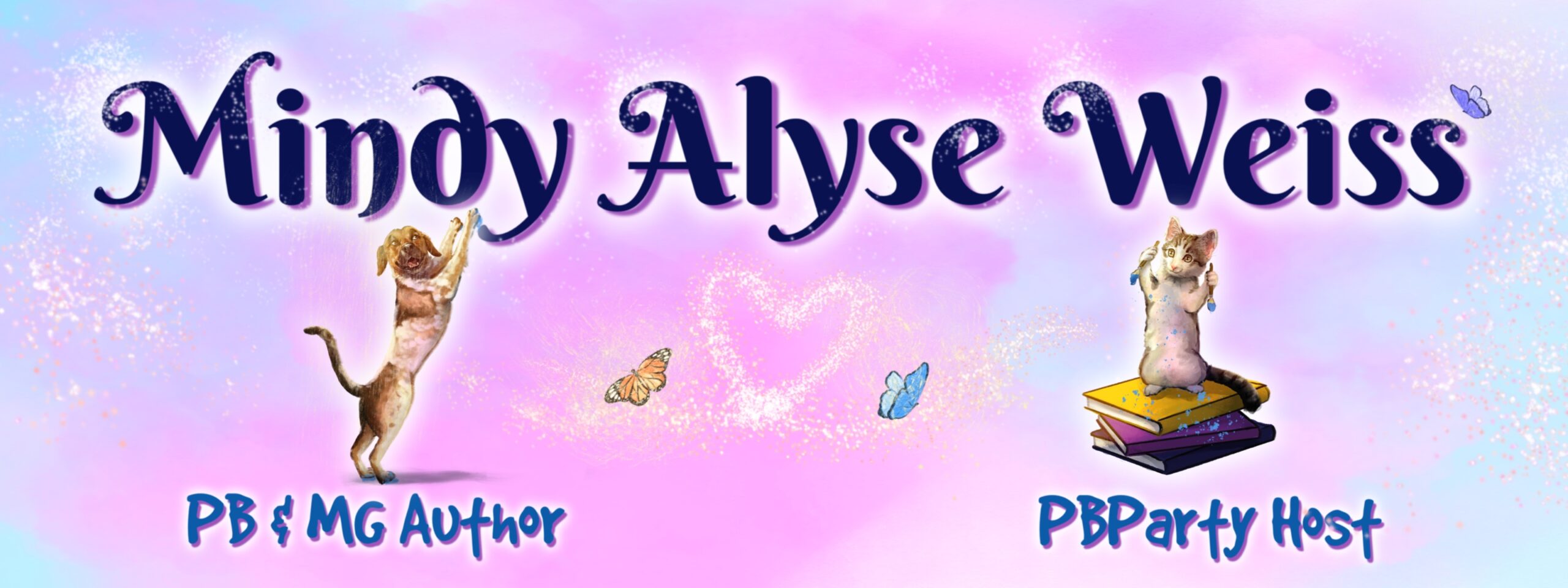
Great critique groups are priceless! I can’t imagine being a writer without having at least one or two amazing, supportive groups. As the SCBWI FL Critique Group Coordinator, I’m often asked for guidance critiquing and hope this will help all of you!
If you’re able to read a manuscript in advance, it helps to give feedback on the first read through, then read the manuscript at least one more time paying closer attention to details before making additional notes.
Give overall notes up top once you’re finished making line comments. The sandwich method works great:
- List one or more positives (yay!)
- Here is the meat of your critique—areas your feedback can help strengthen.
- Finish with another positive (we pour our hearts into our work, so a little verbal hug at the end of a critique goes a long way).
The beginning of a picture book needs to entice readers to take the journey.
Saggy middles can cause readers to stop mid-way through.
Endings need to dazzle enough to entice parents, teachers, etc. to pay $17ish instead of reading a book once and moving on to the next.
- Does the beginning immediately draw you into the book? Is it unique?
- Does the middle sag?
- Does the ending have an unexpected twist, surprise, or that extra something special that will make people want to read the book again and again?
- Is the overall concept unique enough for the current market? What could make it stand out more?
- Is the story relatable to children—typically between ages 4 – 8 (unless it’s a board book or shorter book aimed at younger children)?
Important things to keep an eye out for:
- Mark areas that are awkward, unclear, or don’t sparkle as much as they should.
- Show where text can be streamlined or the pace drags.
- Is there enough unique illustration bait for an entire PB (typically 32 pages, but some are 40, etc.) The text should inspire unique illustrations, not say exactly what is in them.
- In a PB with a typical arc, do you know who the MC is, what he/she wants, and what gets in the way? Do we see several trials/failures to achieve this goal? (The magic number for PB is often 3, sometimes 7 works well.) Not all picture books follow this format, but increasing tension can have readers on the edge of their seats!
- Does the child solve the problem? Don’t have an adult jump in and fix it for them…they need to show agency in their own book. It helps empower readers and gives them hope that they can make it through or solve their own issues.
- Is the text fun and easy to read out loud? Every
singleword counts! - For a fiction PB, is it 500 words or less? Can more be shaved off without losing the heart and voice of the book? (If you can tell your story without losing the fun re-readability factor in 400 or even 300 or less words, go for it—sparse text is appreciated by busy parents who will read favorite books a zillion times).
Positives help a lot, too! They not only give writers much-needed encouragement but help them recognize their strengths and areas they might not want to change as much as others.
- Mark areas that make you laugh! Use your own style. LOL. 🙂 Ha.
- Show spots that make you tear up or feel the emotion. (Yay, these are golden.)
- Which text sings the most? What’s the most fun to say out loud?
- Is there a line you love so much, the author might want to use it as a refrain throughout the book? Kids love fun refrains!
- Do you love the characters? Is there anything they say/do you’d like to see more of?
- Do parts of the book pop into your mind long after you read it?
* The balance of illustrations and text isn’t easy to accomplish—you need to make sure editors/agents can understand your text yet leave enough room for an illustrator to add amazing illustrations that will add layers, take your book to another level, and do more than mirror the text. Some examples of things you typically don’t need to tell in text (unless it’s extremely important to the story and not just your vision of it):
- Descriptions of your character’s appearance
- Clothing
- Step by step descriptions: He walked down the stairs, into the kitchen, reached out his right hand to open the fridge and took out…
There are powerful senses you can use in the text besides sight…what can be added to take a manuscript to the next level?
I’ll add a post with helpful resources soon!
To receive writing tips, PBParty contest & event info, and giveaway posts via e-mail, subscribe in the upper right corner of this page.


26 Comments
Leave your reply.